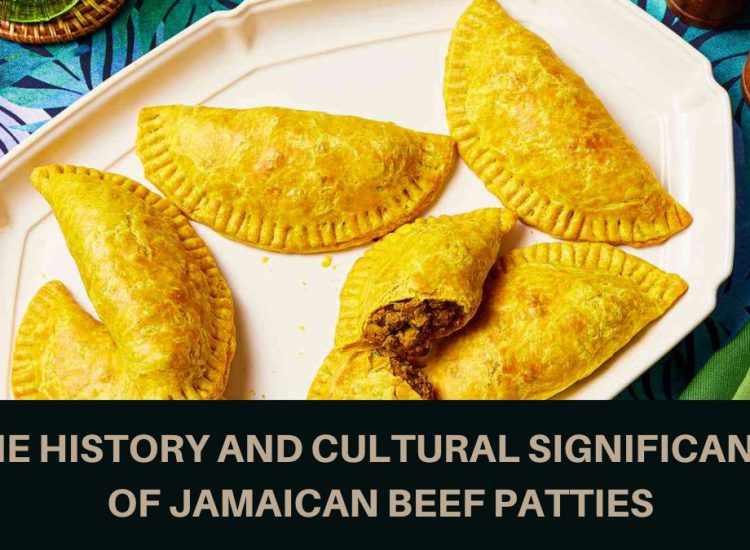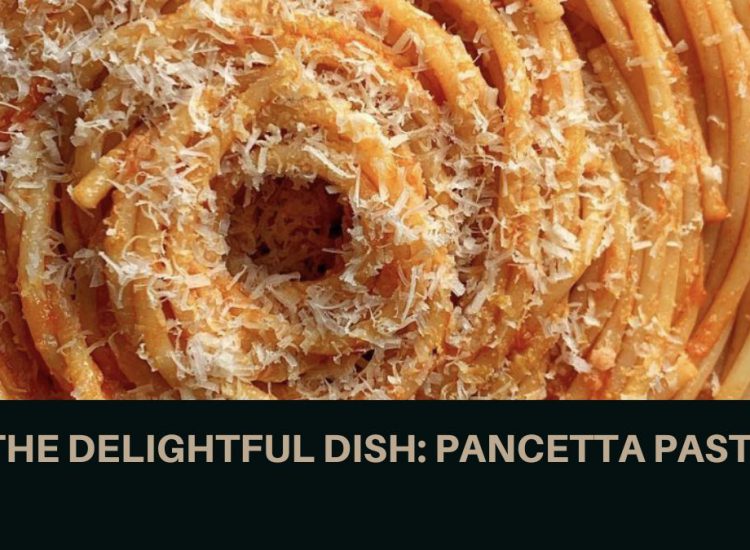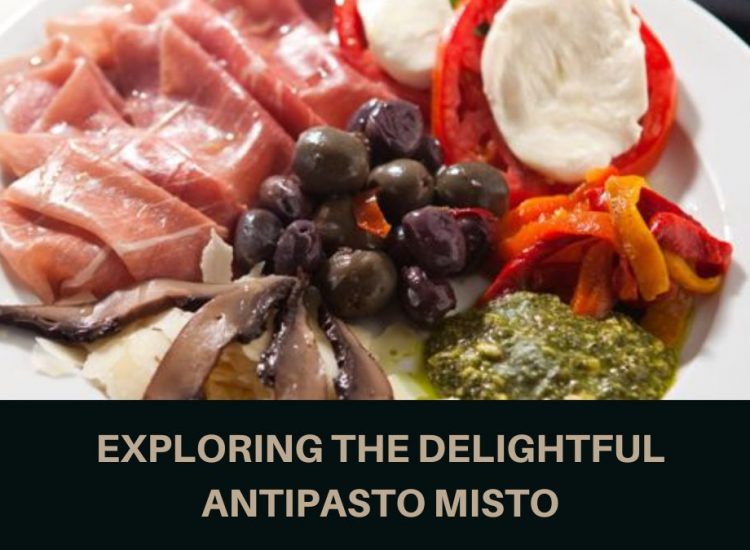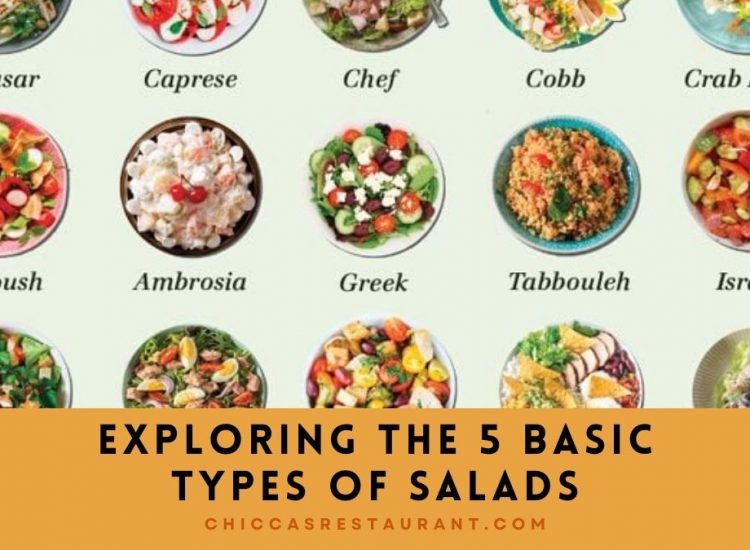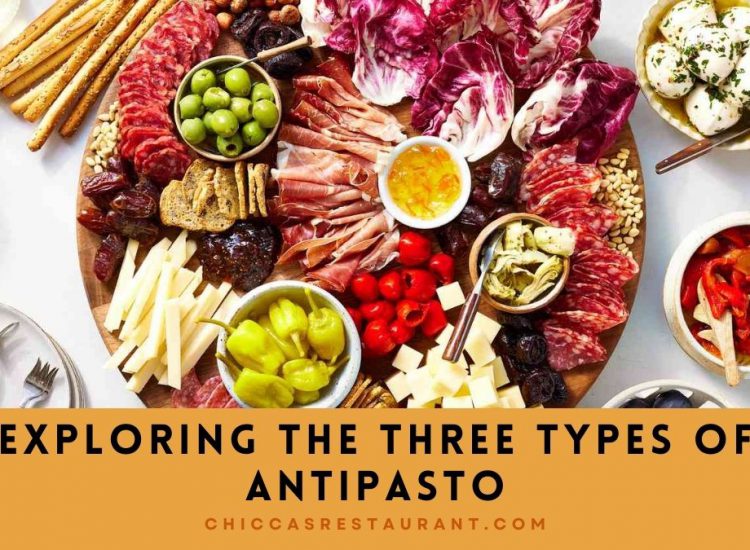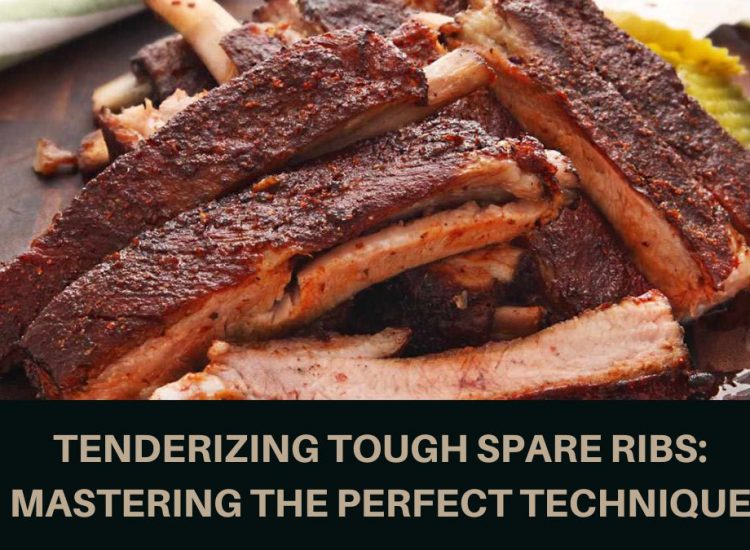Introduction: A Brief History of Antipasto
The word “antipasto” is derived from the Latin root “anti,” meaning before, and “pastus,” meaning food or meal. This culinary tradition dates back to medieval Italy, where it served as an appetizer to stimulate the appetite before the main course.
Toc
Unlike a simple appetizer, antipasto combines various ingredients, showcasing the richness of Italian cuisine. Today, the dishes are in Italian restaurants worldwide, reflecting regional flavors and preferences.
The Essential Components
No antipasto salad would be complete without its variety of meats and cheeses. Traditional selections often include cured meats such as salami, prosciutto, and soppressata.
These are paired with various kinds of cheese like provolone, mozzarella, and sometimes, the sharper flavors of gorgonzola or pecorino. This blend of meats and cheeses offers a rich palette of textures and tastes that define the core of this appetizing dish.
1. https://chiccasrestaurant.com/archive/647/
2. https://chiccasrestaurant.com/archive/410/
3. https://chiccasrestaurant.com/archive/654/
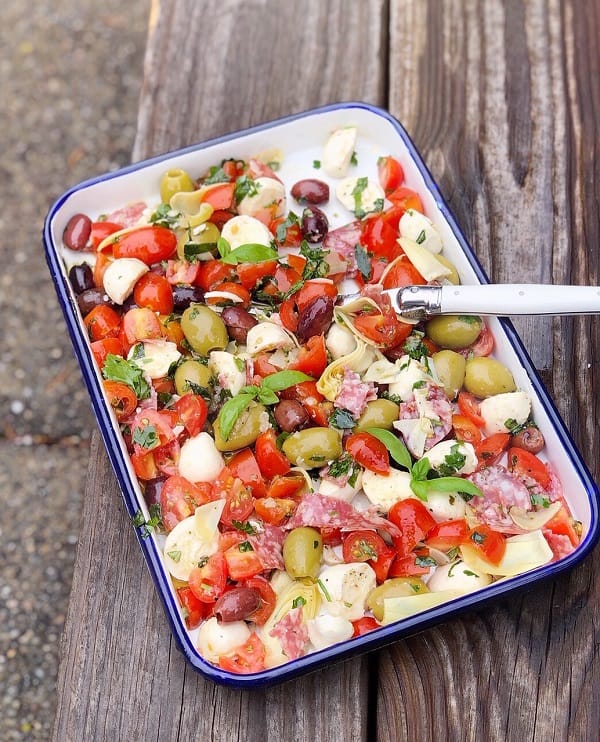
Source: https://domestikatedlife.com/
Vegetables play a crucial role in balancing the flavors of an antipasto salad. Common choices include marinated artichoke hearts, sun-dried tomatoes, and roasted red peppers. These are joined by various olives, capers, and sometimes mushrooms, providing a tangy contrast to the creamy cheeses and savory meats. This combination adds a splash of color to the dish and introduces a range of flavors from sweet to briny.
The dressing for this salad usually consists of olive oil, vinegar, lemon juice, herbs, and spices. These ingredients are whisked together to create a light dressing that enhances the natural flavors of the salad without overwhelming them. Fresh basil, parsley, or oregano are often sprinkled over the top, adding freshness to the dish.
Health Benefits and Nutritional Value
Despite its rich flavors, this antipasto can be part of a healthy diet. The meats and cheeses are a good source of protein, while the vegetables offer vitamins, minerals, and antioxidants. Olive oil, a staple in Mediterranean cuisine, provides heart-healthy monounsaturated fats. However, due to the cured meats and cheeses, it’s also wise to be mindful of sodium intake.
Serving and Enjoying Antipasto Salad
The dish can be served in various ways, either as a standalone dish or a starter. It is often arranged beautifully on a large platter, allowing guests to sample a bit of everything.
1. https://chiccasrestaurant.com/archive/655/
2. https://chiccasrestaurant.com/archive/654/
3. https://chiccasrestaurant.com/archive/649/
A more significant portion with bread on the side makes for a satisfying option when serving as a meal. It’s also a flexible dish; ingredients can be adjusted based on personal preferences or dietary restrictions, making it a crowd-pleaser at gatherings.
Conclusion: A Testament to Italian Culinary Tradition
The antipasto salad is a testament to the diversity and richness of Italian cuisine. Its blend of meats, cheeses, vegetables, and olives encapsulates the essence of Italian dining – a celebration of flavors, textures, and the joy of sharing food with others.
Whether enjoyed as an appetizer or a light meal, this offers a culinary experience that harkens back to its ancient roots while remaining a beloved part of modern dining tables worldwide.

